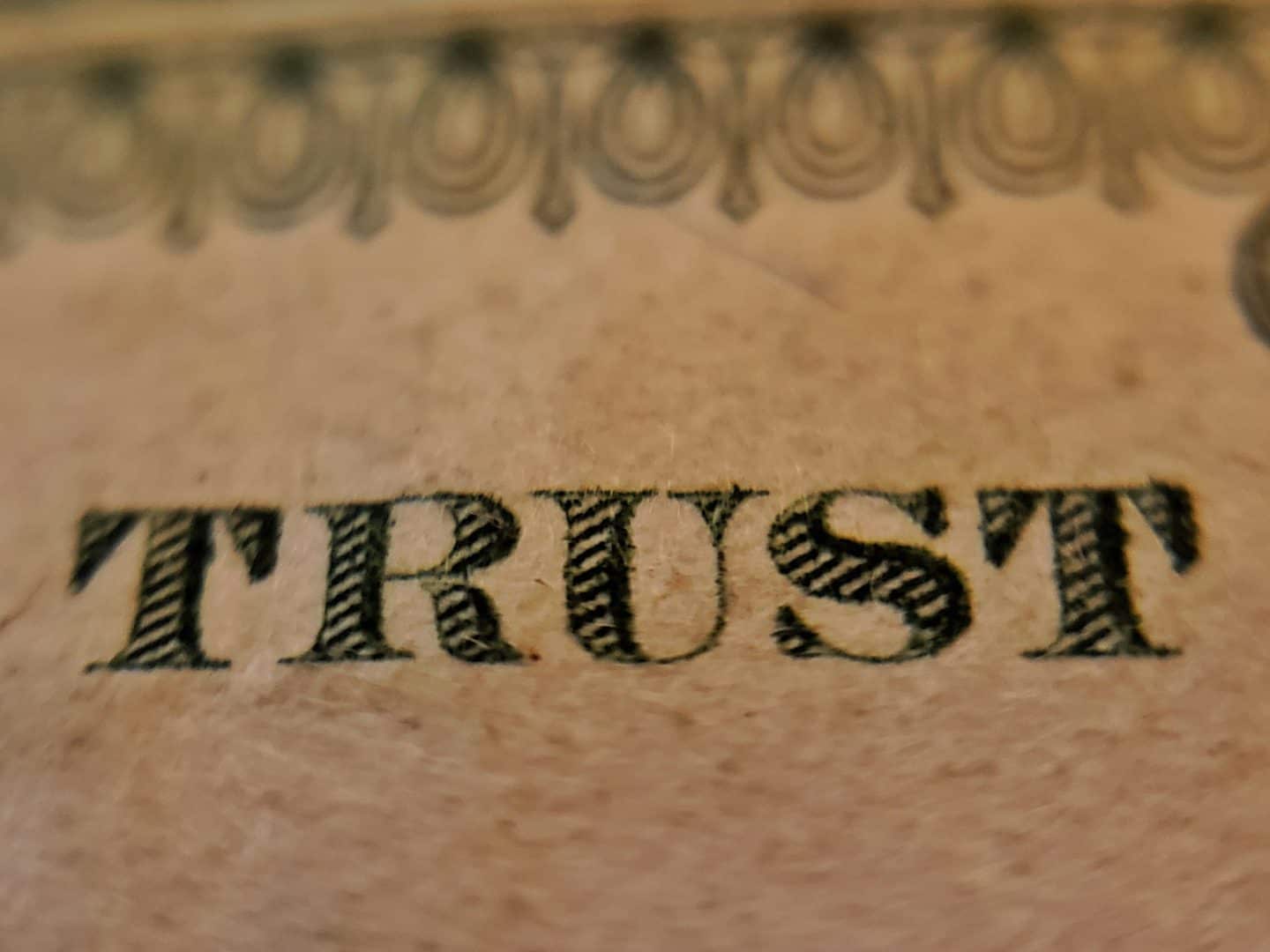Trust is one of the best possible assets you and your team can have. It is also one of the most elusive.
For one thing, you are the boss. Traditionally, in an “us and them” world, there is a deep divide between boss and worker, with very little trust to bridge it. One side is seen as having power and the other to be powerless. One makes the rules, and the others are under obligation to follow.
Looking at it from this point of view, you inevitably have a breeding ground for distrust. When I hear people declare how much their staff adores them, I cannot help but put my tongue in cheek as these factors are always there, underlying, ready to surface if the trust is abused.
Then there is the human tendency to form small groups. We do it from nursery school, and by the workplace, these are groups of friends, be it from departments, levels, or common interests that have caused cliques to form.
It may only be overlapping break times when people get together with nothing much else to do other than moan about how awful their day has been or gossip about that woman in accounts. Once again, this is a fertile breeding ground of distrust.
Trust is the foundation of a team. Without it, you may have a highly talented group of individuals, but that is what they will remain, individuals working in their own worlds, for their own aims. Whatever the level of talent in that team, their individual achievements are never going to come anywhere near what a group of less talented people can do working together.
Trust, in this sense, is not about entrusting someone with your innermost secrets. It is not about relying on them to do what they are told. It is about people being on the same page, bound together by common goals. It is where that trust is built to the point of being able to be vulnerable and accountable to each other, knowing that there will be no personal judgment involved.
This creates a safe place for people to share their knowledge unreservedly, propose ideas that are out of the box without fear of being laughed at or rejected. It may sound Utopian, and it certainly isn’t easy to achieve, but it can be done.
Trust starts with the person at the head of the team, setting an example. This means you are reliable and take care always to do as you say. It means you trust them and are secure enough to be vulnerable with them, including being open about when you have made mistakes. Any blame culture destroys teams.
What you need to create by example is an approach that admits and accepts that we all make mistakes or things go wrong that are entirely outside our control. The emphasis should then be on joint efforts to put it right.
You can also help set an example by discouraging speculation or guesswork, but instead using facts and figures and taking care to be spot-on accurate in what you say. This example helps build trust and confidence as people come to rely on what is being said, and that is both accurate and, as importantly, free of personal bias.
All communication needs to be very open and clear, and without fear. This means encouraging open, fearless discussions about the company’s aims, its values. It means ensuring that team members will feel free to speak about any issues that they have or perceive in others, so that they can be resolved.

Getting to know your team – vital for trust
This comes from taking the time to listen, which isn’t easy for most managers with a heavy workload. But it will pay off. One way of doing this is to socialise outside work, but that is not without its pitfalls. One or two of the team may genuinely find this difficult due to things going on at home, a newborn baby, for instance. There is the danger of too much alcohol being involved. It can be far more difficult to stop people from segregating according to personal preferences.
But you can still get to know your team within the office environment. Some companies use psychometric profiling, not just as a recruitment tool but in team building as well, where individuals are encouraged to understand themselves and each other to foster acceptance.
You can also get to know them personally, without prying, only by asking more about their family, what they like to do in their own time and about their backgrounds. You can do this one-to-one, but it is also useful in groups. Understanding more about people’s backgrounds can give you a lot more of a clue as to why they are the way they are.
We are not naturally a compassionate breed. Instead, we are quick to judge on what we see, leaping in, and judging people’s behaviour without any attempt at understanding them. The moment we start to realise that individuals may have some quirky traits because of circumstance, rather than a character flaw, everything changes. We no longer have to default to dislike.
Always discourage any sign of grouping, cliquing, and little gangs of people forming in the team, in person, or on the web. They leave the remainder of the team feeling lost and alone, but also untrusted. The result will be hugely negative for the whole team.
Remember, too, that not only does trust take a long time and a lot of effort to build, but it can be destroyed at lightning speed. And reestablishing trust is twice as hard as building it up in the first place. Trust needs continual tending and nurturing to keep it safe. It may be more challenging with virtual teams, but it is still possible in person or remotely.
If you would like to read more about trust, I thoroughly recommend this LinkedIn article I came across.

You might also enjoy this on building teams

